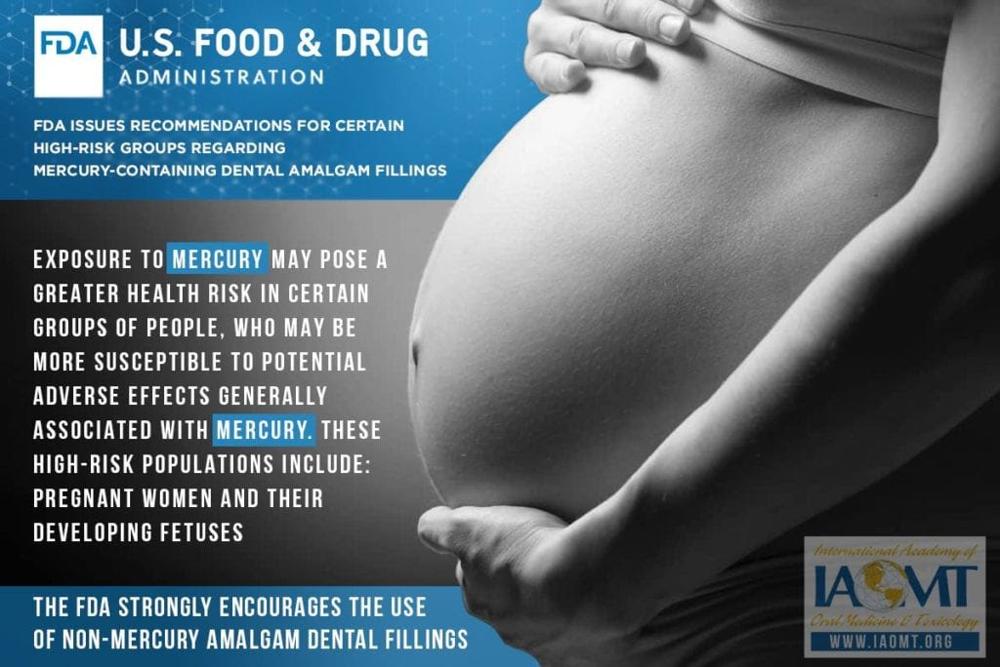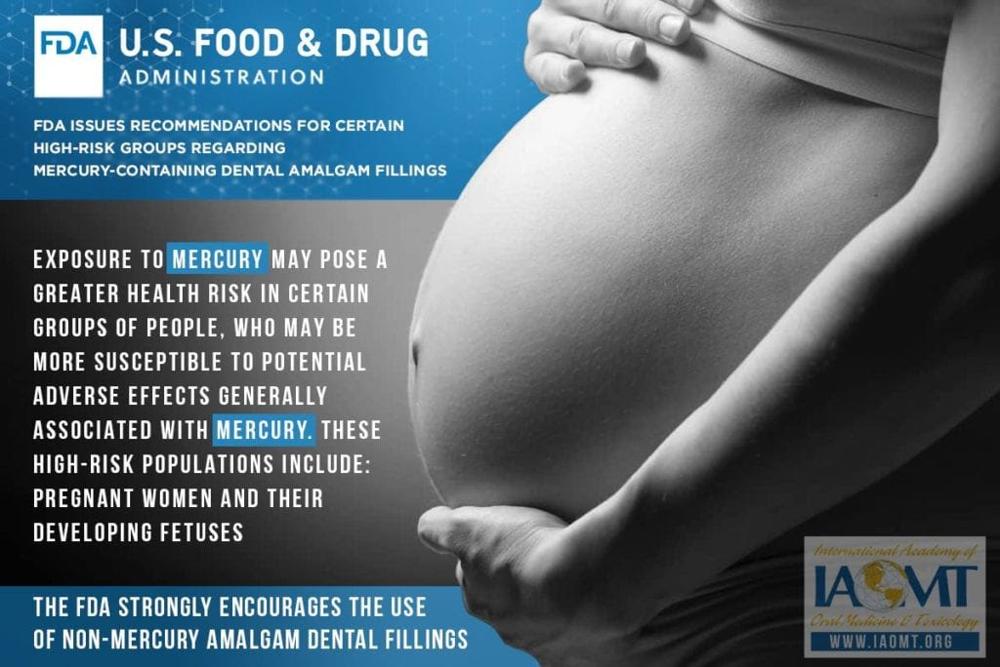
Dental Amalgam Danger: Mercury Fillings and Human Health
Tue 11 Jul 2023All silver-coloured fillings are dental amalgam fillings, and each of these fillings is approximately 50% mercury. Although a number of other countries have banned or limited their use, dental mercury amalgams are still being used in many regions of the world, including in Europe and the USA.
Mercury is continuously emitted from dental amalgam fillings, and it is absorbed and retained in the body, particularly in the brain, kidney, liver, lung, and gastrointestinal tract. The output of mercury can be intensified by the number of fillings and other activities, such as chewing, teeth-grinding, and the consumption of hot liquids. Mercury is also known to be released during the placement, replacement, and removal of dental mercury amalgam fillings.
Dental Amalgam Danger: Human Health Risks Linked to Mercury Fillings
Dental mercury and its vapour have been scientifically linked to a number of health risks which demonstrate the danger of dental amalgam mercury fillings. Individual response to mercury varies, and some of the factors known to potentially impact those exposed to mercury include their allergies, diet, gender, genetic predispositions to adverse reactions from mercury, the number of amalgam fillings in the mouth, and concurrent or previous exposures to other toxic chemicals such as lead (Pb). Scientific studies have identified dental mercury as a potentially causative or exacerbating factor in the following conditions:
- Allergies, especially to mercury
- Alzheimer's disease
- Amyotrophic lateral sclerosis (Lou Gehrig's Disease)
- Antiobiotic resistance
- Autism spectrum disorders
- Autoimmune disorders/immunodeficiency
- Cardiovascular problems
- Chronic fatigue syndrome
- Complaints of unclear causation
- Hearing loss
- Kidney disease
- Micro mercurialism
- Multiple Sclerosis
- Oral lichenoid reaction and oral lichen planus
- Parkinson's disease
- Periodontal disease
- Psychological issues such as depression and anxiety Reproductive dysfunction
- Suicidal ideations
- Symptoms of chronic mercury poisoning
- Thyroiditis

In September 2020, the FDA advised that the following groups avoid getting dental amalgam whenever possible and appropriate: pregnant women and their developing foetuses; women who are planning to become pregnant; nursing women and their newborns and infants; children, especially those younger than six years of age; people with pre-existing neurological disease such as multiple sclerosis, Alzheimer’s disease or Parkinson’s disease; people with impaired kidney function; and people with known heightened sensitivity (allergy) to mercury or other components of dental amalgam.
Steps to Reduce Dental Amalgam Danger
Whereas “mercury-free” dentists no longer place amalgam fillings and use available alternatives, “mercury-safe” dentists apply special techniques to remove existing amalgam fillings. In fact, the IAOMT has developed rigorous recommendations for removing existing dental mercury amalgam fillings to assist in mitigating the potential danger of mercury exposure to patients, dental professionals, dental students, office staff, and others.




